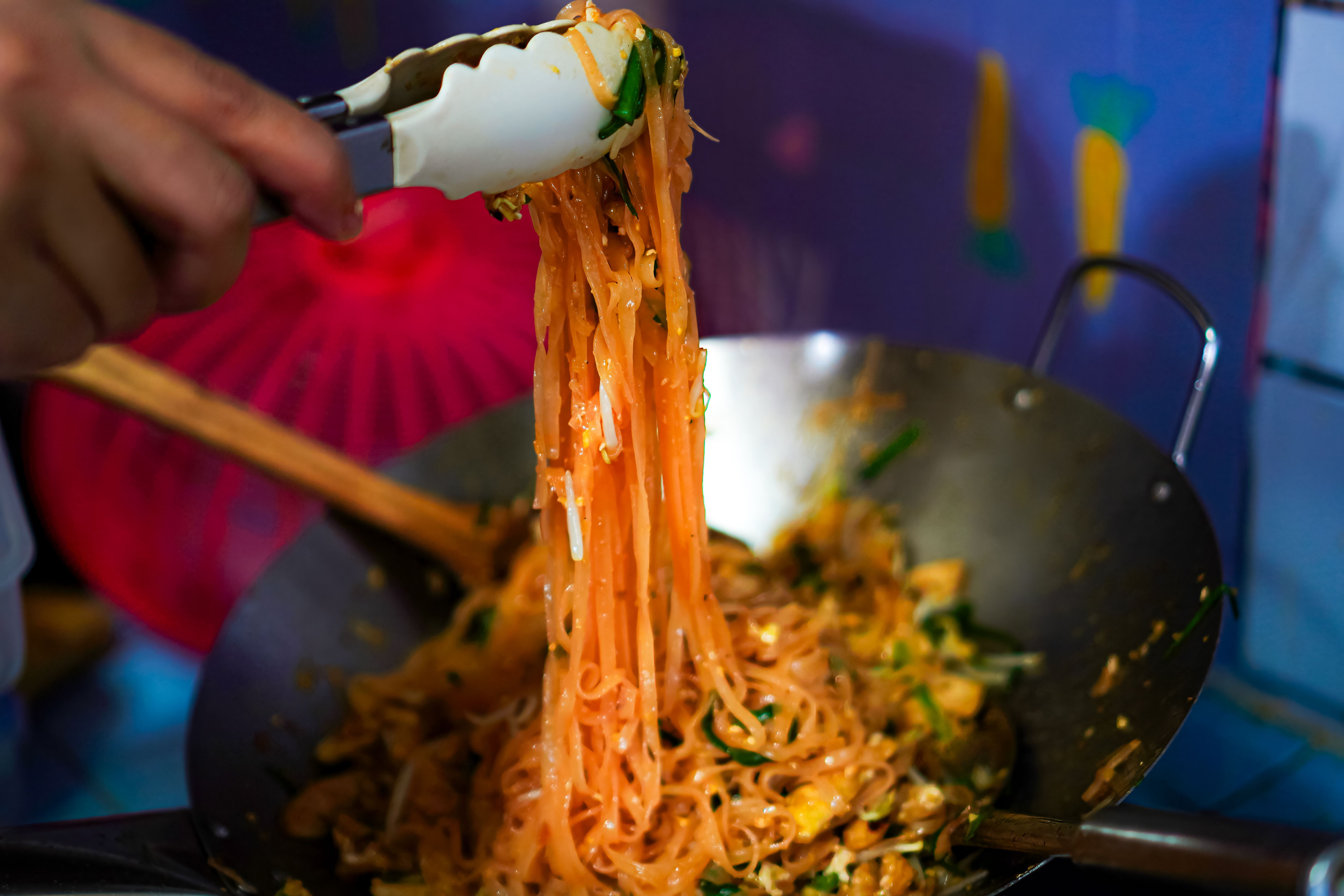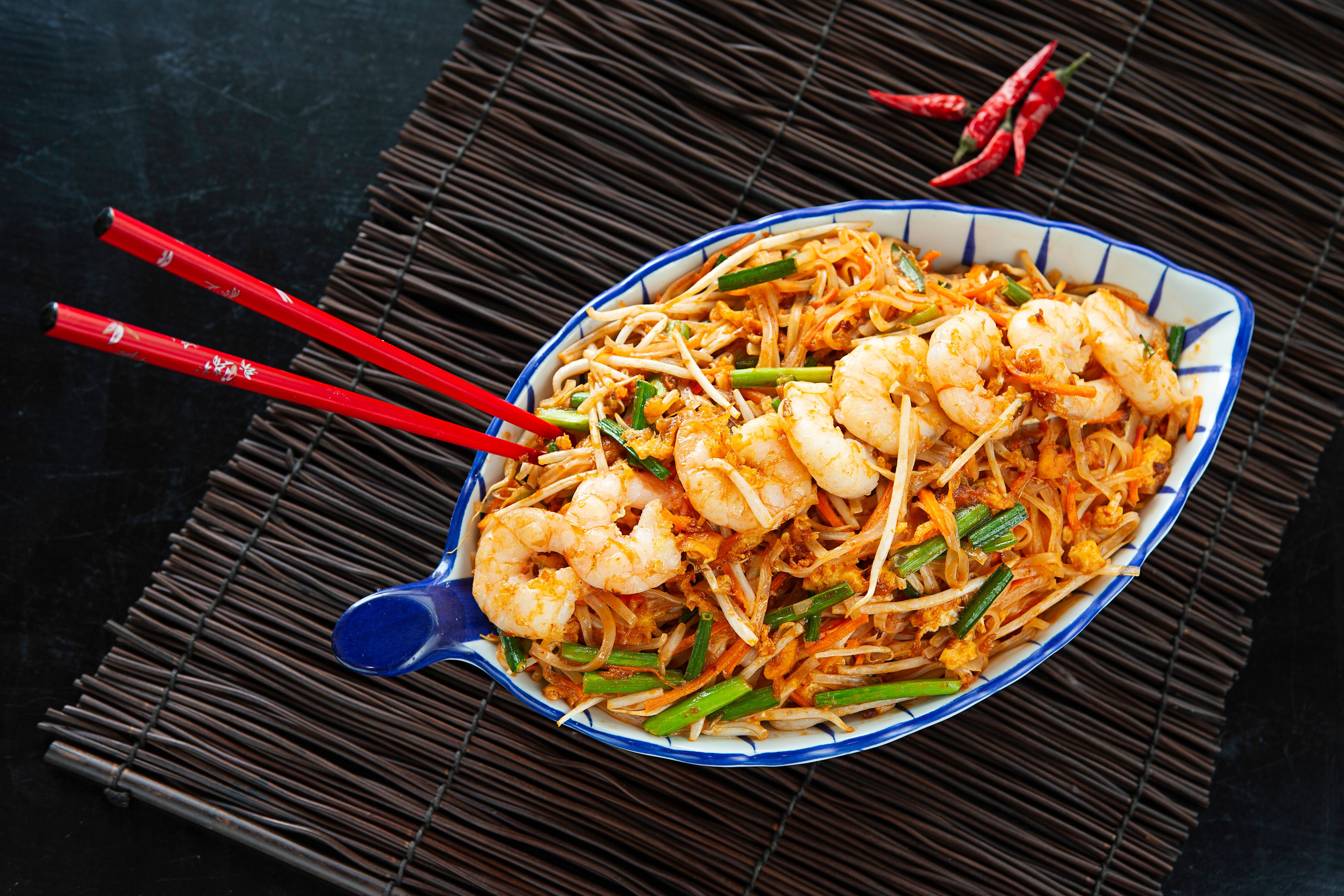Mastering the Classic Pad Thai Recipe
Introduction to Pad Thai
Pad Thai is a beloved dish in Thai cuisine, known for its perfect balance of flavors—sweet, sour, and salty. This stir-fried noodle dish is not only a favorite in Thailand but also a popular choice in many international kitchens. With a few key ingredients and some basic techniques, you can master the classic Pad Thai recipe right in your own home.
The Essential Ingredients
To create an authentic Pad Thai, you'll need a few essential ingredients that bring out its unique flavor profile. These include rice noodles, tamarind paste, fish sauce, palm sugar, and dried shrimp. Fresh ingredients like garlic, bean sprouts, scallions, and lime wedges are also crucial for that vibrant taste. Don't forget the garnish—crushed peanuts and fresh cilantro add the perfect finishing touch.
It's important to note that while some substitutions can be made for these ingredients, staying true to the traditional components will yield the most authentic results. For instance, if palm sugar is not available, brown sugar can be used as an alternative.
Preparation: The Key Steps
The preparation of Pad Thai involves several key steps that ensure each component is cooked to perfection. Start by soaking the rice noodles in warm water until they become pliable. Meanwhile, prepare your sauce by combining tamarind paste, fish sauce, and palm sugar in a bowl.

Next, heat a wok or large frying pan over medium-high heat and add oil. Begin by sautéing garlic and dried shrimp until fragrant. Add your protein of choice—such as shrimp, chicken, or tofu—and cook until done. Push everything to one side of the pan and scramble an egg in the empty space.
Bringing It All Together
Once your egg is cooked, add the soaked noodles and prepared sauce to the pan. Stir everything together until the noodles are well coated and heated through. This is the moment where the magic happens; the noodles should absorb the flavorful sauce while maintaining a slightly chewy texture.
Finally, add bean sprouts and scallions, tossing them through just before serving to retain their crispness. Serve your Pad Thai with lime wedges on the side for an extra zesty kick.

Tips for Perfecting Your Pad Thai
Achieving the perfect Pad Thai requires some practice and attention to detail. Here are a few tips to enhance your cooking experience:
- Control the Heat: Ensure your pan is hot enough to cook ingredients quickly without steaming them.
- Balance Flavors: Taste and adjust the seasoning as needed. The balance of sweet, sour, and salty is crucial.
- Noodle Texture: Avoid over-soaking or overcooking the noodles. They should be tender but not mushy.
Common Mistakes to Avoid
Even seasoned cooks can make mistakes when preparing Pad Thai. One common error is using too much oil, which can result in greasy noodles. Additionally, overcrowding the pan can lead to uneven cooking. It's better to cook in batches if necessary to ensure each ingredient gets proper attention.
An often-overlooked aspect is the timing of ingredient addition. Adding bean sprouts and scallions too early can cause them to wilt instead of providing a fresh crunch.
Conclusion
Mastering the classic Pad Thai recipe is all about understanding the balance of flavors and perfecting your technique over time. With practice, you'll be able to recreate this iconic dish that rivals any restaurant offering. So gather your ingredients, fire up your wok, and enjoy the delightful experience of cooking and savoring homemade Pad Thai!
